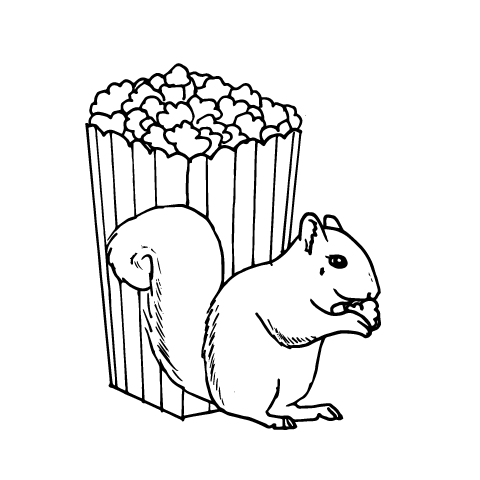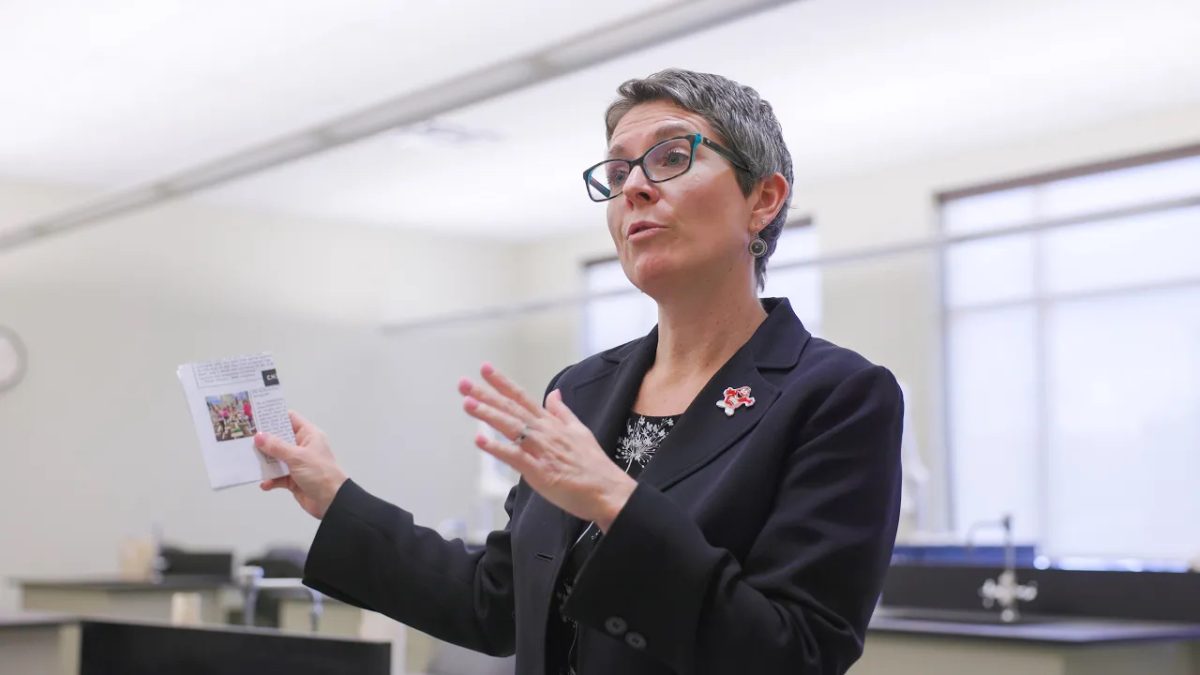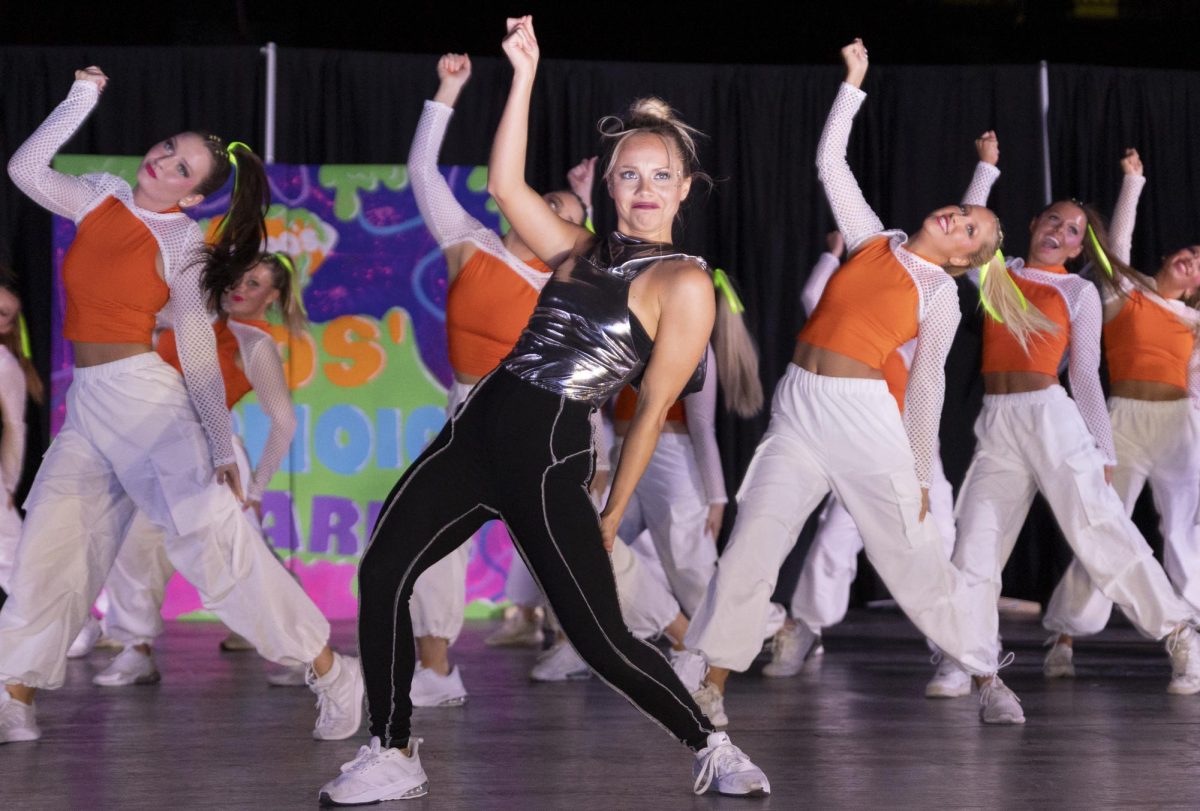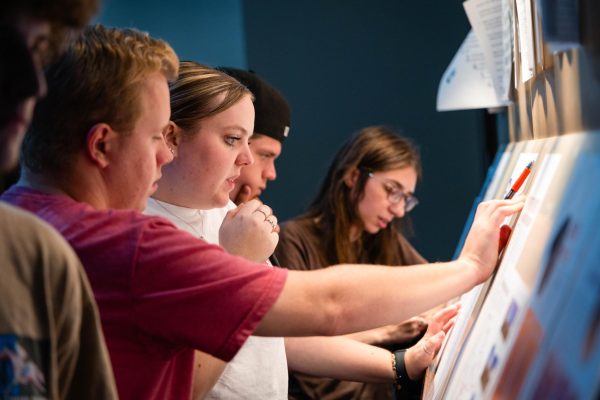“Ready Player One”: a film that embraces silliness and nostalgia
April 2, 2018
Nearly three months after his last film, director Steven Spielberg returns to theaters with his new sci-fi adventure movie based off Ernest Cline’s novel, “Ready Player One.”
Set in 2045, “Ready Player One” follows Wade Watts (Tye Sheridan), an orphan living in the slums of Columbus, Ohio, where he, along with almost every other member of society, spends the majority of his time playing a seemingly infinite virtual reality game titled the OASIS.
While most people play the OASIS to depart from their banal and underprivileged lives, Wade, along with other devoted players and employees of a corporation called the IOI, hunt for three keys the game’s deceased developer, James Halliday (Oscar-winner Mark Rylance) hid in the OASIS. The first to find all three keys inherits an enormous fortune.
It’s a simple story-arc fitting for a work so heavily inspired by classic 1980s video games and other forms of pop culture. Cline spent grew up in the ‘80s, so nearly—if not all—of the recognizable characters in “Ready Player One” provide a deep sense of nostalgia for him. Relaying this sentimentality to the audience is a tall order to say the least.
Halliday hid his keys in places inspired by moments in his life where entertainment intersected with a significant human interaction. The premise of having pop culture be either vital to survival or cause detrimental levels of escapism is a unique one, but this is where the originality in “Ready Player One” ends.
Every time Wade climbs down one of the towers of mobile home trailers stacked on top of each other to leave his world and enter the OASIS, there’s a sense of relief leaving the desaturated, all grey color palette of Columbus. The blandness of the deteriorated community creates a mundane aura, which sometimes contrasts the urgency the film tries to produce in this environment.
In the almost completely CGI landscape of the OASIS is where Spielberg gets to display his abilities that made him an all-time great director and ultimately save “Ready Player One” from being a cliché, overproduced fan-fiction movie.
It’s here where the camera gets to zip around racetracks and sprawl over snowy battlefields in an invigorating manner, creating action scenes just as awe-inspiring as anything he’s made in the last 40 years.
The outstanding spectacles conceived partially counteract the uninspired characters who accompany Wade on his journey, but these one-dimensional characters diminish Wade and the overall intrigue of the movie. Dialogue from these characters either pertains solely to Wade, acts as exposition or serves as throwaway quips, with the rare exception of when Samantha (Olivia Cooke) is captured by the IOI and must escape.
“Ready Player One” is at its best when it embraces its silliness, allowing for blockbuster moments like the Iron Giant and Mechagodzilla fighting, and at its worst when it fails to fully develop characters and then asks the audience to deeply care later on. It’s an uneven film with some fantastic moments.
I give “Ready Player One” a “C+.”





















